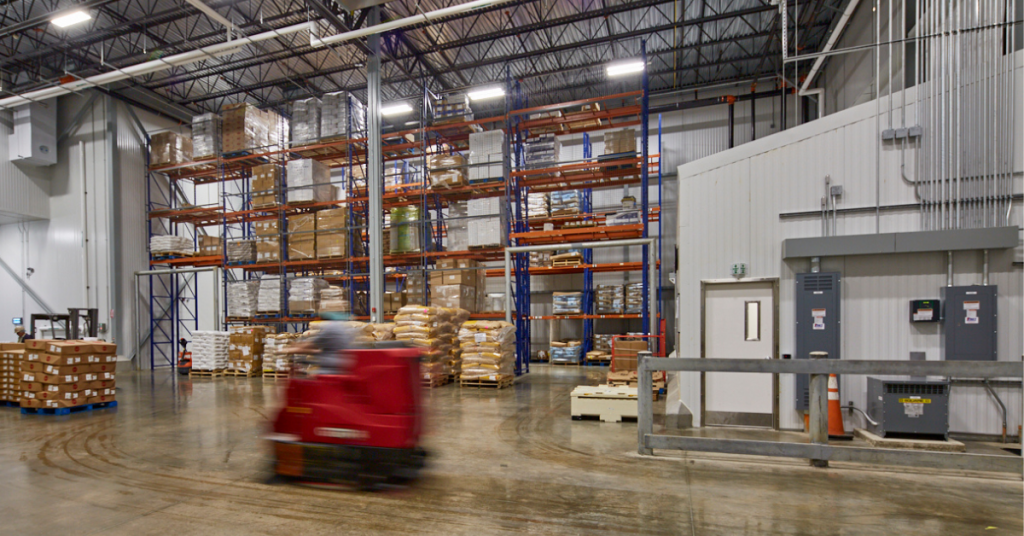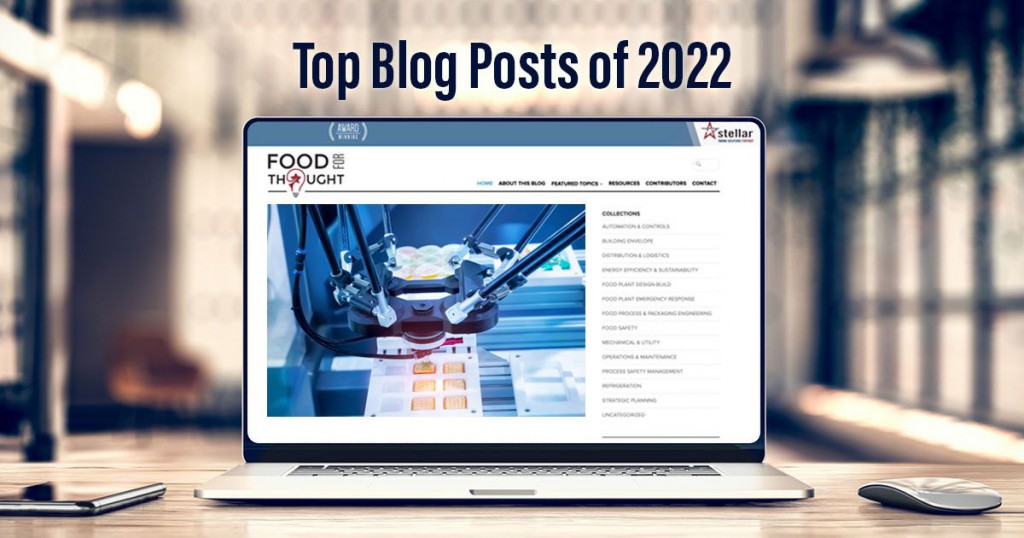Food Plant Construction: Local Labor vs. Self-performing Contractors
The construction industry continues to face a tight labor market as contractors manage ongoing demand, leaving some no choice but to turn down projects if their workforce cannot meet the project needs. In 2021, more than 40% of construction firms reported turning down work due to labor shortages, according to the U.S. Chamber of Commerce.
However, demand for construction workers is only expected to rise. In November 2021, President Joe Biden signed the $1.2 trillion bipartisan Infrastructure Investment and Jobs Act into law, which is expected to create an average of 1.5 million jobs each year for the next decade and provide $550 billion to improve the nation’s infrastructure over the next five years. This legislation would fund airports, ports and waterways, roads, bridges and more, which would provide food plant owners with better access to farms, raw ingredients and distribution channels.
As demand rises, plant owners should understand the options for securing the necessary labor to complete their new-build or expansion projects and how their choices could impact the project lifecycle.
Continue Reading “Food Plant Construction: Local Labor vs. Self-performing Contractors”





